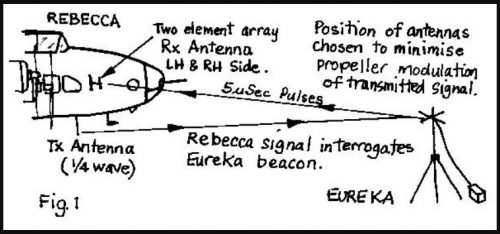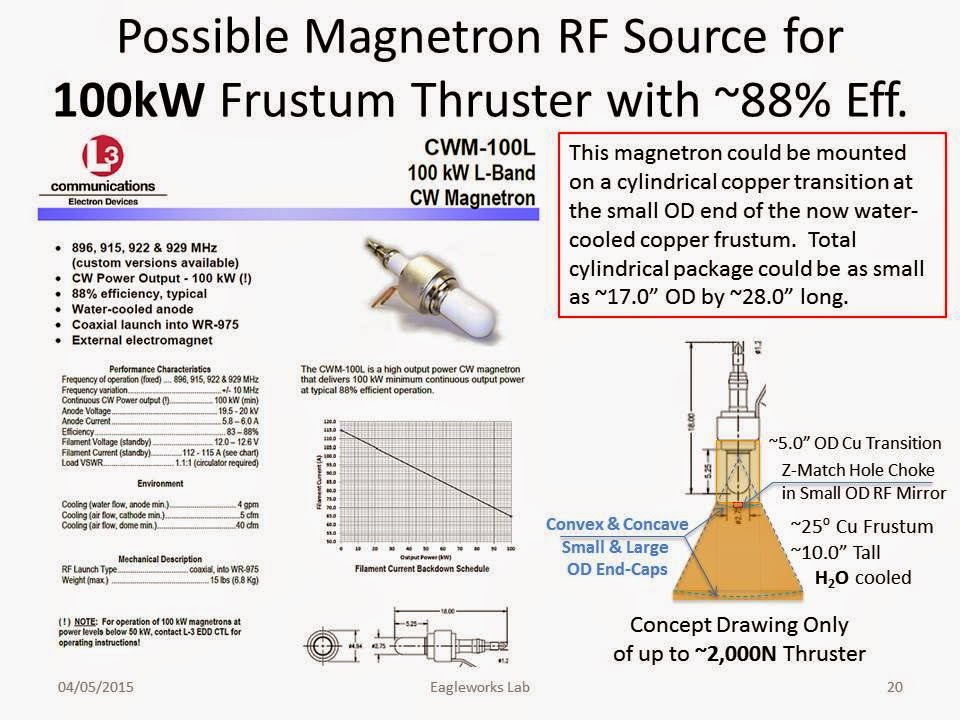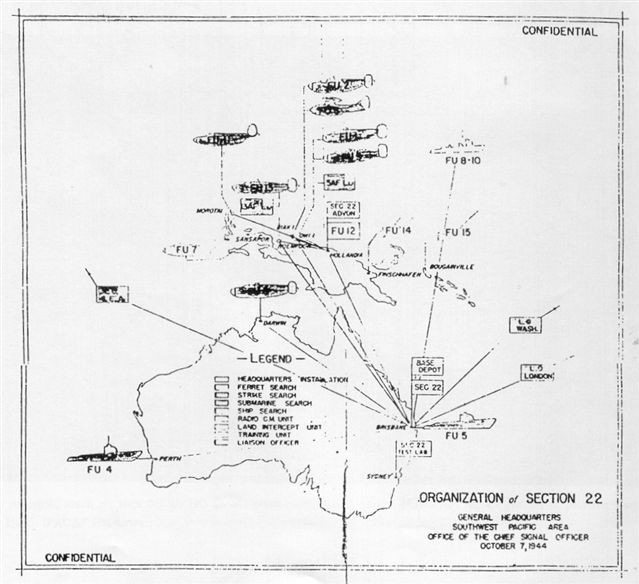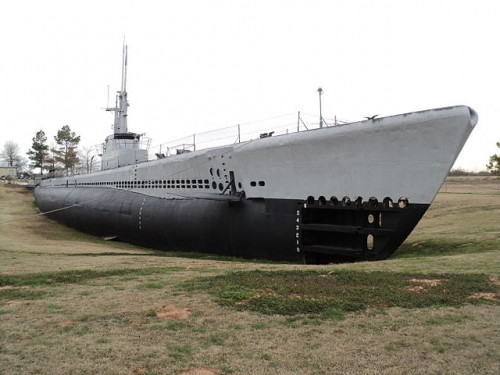When I started writing my History columns here on Chicago Boyz, one of my objectives was to explore the “military historical narratives” around General Douglas MacArthur, so I could write with a better understanding about the “cancelled by atomic bomb” November 1945 invasion of Japan. But in doing so for this column, the strangest experiences are doing deep, original, historical research. Trying to follow a trail of research on something you think you know — in this case trailing the classified “Need to know” Radar hunting “Section 22” in 6th Army Administrative Orders — and then going down Alice’s rabbit hole and finding a “Detailed Reality” about something completely different. The “completely different” in this case being a provisional parachute supply company created in February 1944 that used the Rebecca & Eureka, a “Retro-high tech” VHF (AKA Television bandwidth) Radar Interrogator-Beacon System — a distant technological ancestor to the civilian “secondary radar” transponders used for air traffic control on today’s wide body passenger jets.
The Rebecca and Eureka radar beacon system represent something of a “Keystone military technology” By that I mean an analogy to the biological concept of a “Keystone species” in an ecosystem, not unlike the role of algae in the ocean ecosystem or grass for a prairie ecosystem. Rebecca and Eureka radar beacons are the “Keystone technology” for a wide range of ‘unconventional’ operations including clandestine supply, intelligence & pathfinder operations ranging from planting a few agents to the support operations for an airborne army. or large naval landing.
Rebecca and Eureka was WIDELY used by the British Special Operation Executive (SOE) and American Office of Strategic Services (OSS) in N.W. Europe, Italy, Yugoslavia, and Burma. This beacon system was also used by American airborne pathfinder operations at Normandy plus Operations Dragoon, Market-Garden and Varsity. And now, its use is documented with this 6th Army Parachute Supply Company in the South West Pacific to support air drops to 6th Army Reconnaissance assets and possibly with both the Allied Intelligence Bureau agents and Filipino guerrillas.

Figure 1 – Rebecca & Eureka radar beacon system diagram with both aircraft and ground elements shown. Photo Source: https://wrotetrips.wordpress.com/2015/06/04/a-salute-to-the-troop-carrier/The Duxford Radio Society, of the Imperial War Museum, Duxford, England, describes the Rebecca & Eureka radar beacon (shown Fig 1 above) as follows:
A VHF (Secondary) Radar Interrogator-Beacon System
.
Rebecca & Eureka formed a system of portable ground-based beacons and airborne direction finding equipment initially designed to assist the air-drop delivery of supplies to the Allied Armies and Resistance groups in occupied Europe.
.
Rebecca was the airborne station, and Eureka was the ground based beacon
.
The ground based beacon consisted of a super-regenerative receiver and transmitter, originally operating in the frequency range 214 – 234 MHz**, powered from a battery via a vibrator power supply unit. A portable tripod mounted aerial was erected when communications was required.
[**This Rebecca & Eureka bandwidth covers upper Channel 12 and and lower channel 13 in American Television.
See “Retro-High Technology Background Notes” at the end of the column.]
Read more


